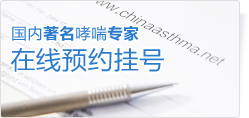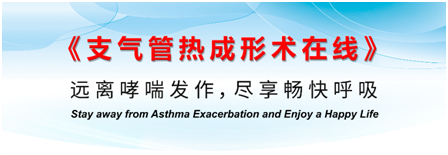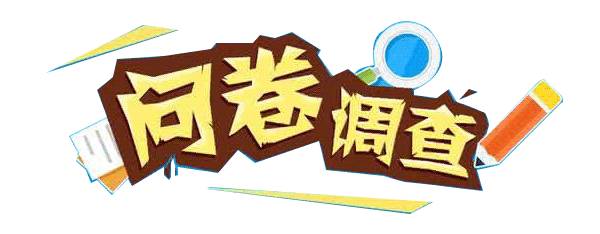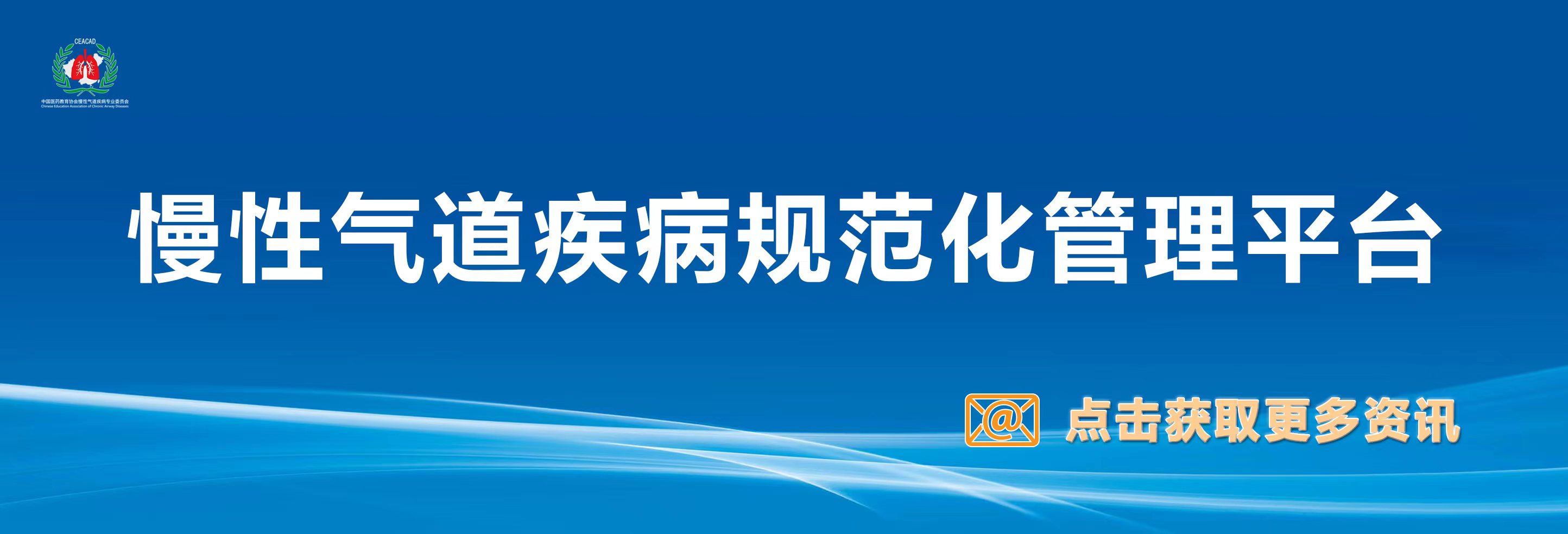吸入性短效β2受体激动剂对学龄前儿童急性喘息/哮喘症状的短期疗效:一项系统评价与Meta分析
2025/04/30
背景:吸入性短效β2受体激动剂(SABA)被证实对成人和年长儿童哮喘有效,但其对低龄儿童及婴幼儿的疗效仍存争议。本研究通过系统综述与荟萃分析,评估吸入SABA对学龄前儿童急性喘息/哮喘发作的疗效。
方法:检索截至2024年8月的PubMed和Embase数据库,纳入探究吸入SABA对6岁以下儿童急性喘息/哮喘症状影响的临床试验。研究遵循系统综述与荟萃分析优先报告条目(PRISMA)指南,采用随机效应模型荟萃分析计算标准化均数差(SMD)、95%置信区间(CI)及p值,评估其对复合呼吸评分、呼吸频率、血氧饱和度、呼吸做功及喘息程度的干预效果。
结果:共纳入19项研究,涉及1022名儿童。吸入SABA治疗显示在60分钟内呼吸评分降低(10项研究,N=523):标准化均数差-2.05分(95%置信区间-2.50至-1.59),I²=86%,p<0.001;呼吸频率下降(8项研究,N=319):-0.86(95%置信区间-1.30至-0.41),I²=87%,p<0.001;血氧饱和度升高(7项研究,N=190):0.56(95%置信区间0.16至0.95),I²=71%,p<0.01;呼吸做功减少(3项研究,N=68):-0.80(95%置信区间-1.60至0.00),I²=74%,p=0.05;喘息评分降低(3项研究,N=68):-1.07(95%置信区间-1.80至-0.33),I²=72%,p<0.01。对2岁以下儿童的亚组分析显示所有结局指标均存在类似的显著效应。
结论:吸入SABA可有效改善低龄儿童及婴幼儿急性喘息/哮喘症状。本研究为未来指南推荐吸入SABA治疗该人群急性发作提供证据支持,但需注意现有研究存在较高异质性及样本量偏小的局限性。
Short-term efficacy of inhaled short-acting beta-2-agonists for acute wheeze/asthma symptoms in preschool-aged children: a systematic review and meta-analysis
R. S. Petersen, H. Hallas, N. Brustad and B. Chawes
Abstract
BACKGROUND: Inhaled short-acting beta 2-agonists (SABA) is recognised as an effective treatment in adults and older children with asthma, but the effect in young children and infants is still up for debate. We examine the efficacy of inhaled SABA for preschool-aged children presenting with acute wheeze/asthma in this systematic review and meta-analysis.
METHODS: PubMed and Embase were searched through August 2024. Clinical trials investigating the effect of inhaled SABA on acute wheeze/asthma symptoms in children below age 6 years were included. The study followed Preferred Reporting Items for Systematic Reviews and Meta-Analyses guidelines. Summary standardised mean differences, 95% CIs and p values were derived from random effects meta-analyses to analyse the effect on clinical composite respiratory score, respiratory rate, oxygen saturation, respiratory work and degree of wheezing.
RESULTS:A total of 19 studies including 1022 children were included. Treatment with inhaled SABA showed decreased respiratory score within 60 min (10 studies, N=523): standardised mean difference -2.05 points (95% CI -2.50; -1.59), I-2=86%, p<0.001, decreased respiratory rate (8 studies, N=319): -0.86 (95% CI -1.30; -0.41), I-2=87%, p<0.001, increased oxygen saturation (7 studies, N=190): 0.56 (95% CI 0.16; 0.95), I-2=71%, p<0.01, decreased respiratory work (3 studies, N=68): -0.80 (95% CI -1.60; -0.00), I-2=74%, p=0.05 and decreased wheezing score (3 studies, N=68): -1.07 (95% CI -1.80; -0.33), I-2=72%, p<0.01. Subgroup analyses of children below age 2 years showed similar significant effects for all outcomes.
CONCLUSION: Inhaled SABA treatment for acute wheeze/asthma symptoms showed beneficial effects in young children and infants. Findings from this study may provide evidence to support inhaled SABA in future treatment guidelines for acute wheeze/asthma among young children and infants; however, an overall high heterogeneity and small sample size of the studies were a limitation.
上一篇:
轻度哮喘患者沙丁胺醇-布地奈德按需用药
下一篇:
每日步数与成人哮喘发病风险的时序关联研究









